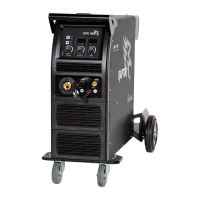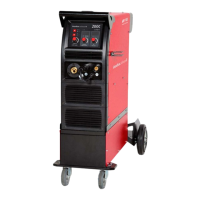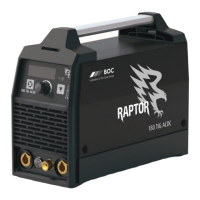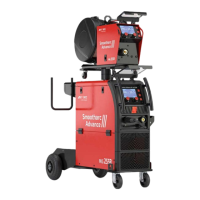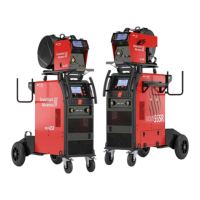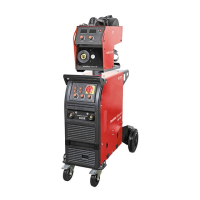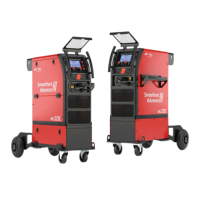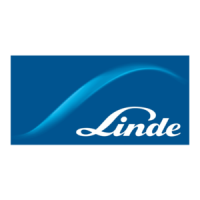Why is the arc unstable and there's spatter when using my Linde Welding System?
- HHolly KellyAug 6, 2025
If you're experiencing an unstable arc and spatter with your Linde Welding System, it could be due to several reasons. First, ensure that your voltage and wire feed speed are appropriately selected according to the operating manual. Second, check that the contact tip size, wire feeder roll size, and wire diameter match. Fit appropriately matched sizes of tip and wire feed rolls to match wire diameter. Finally, excessive wire feed resistance can also cause this issue; try cleaning or replacing the torch wire guide tube/liner.
